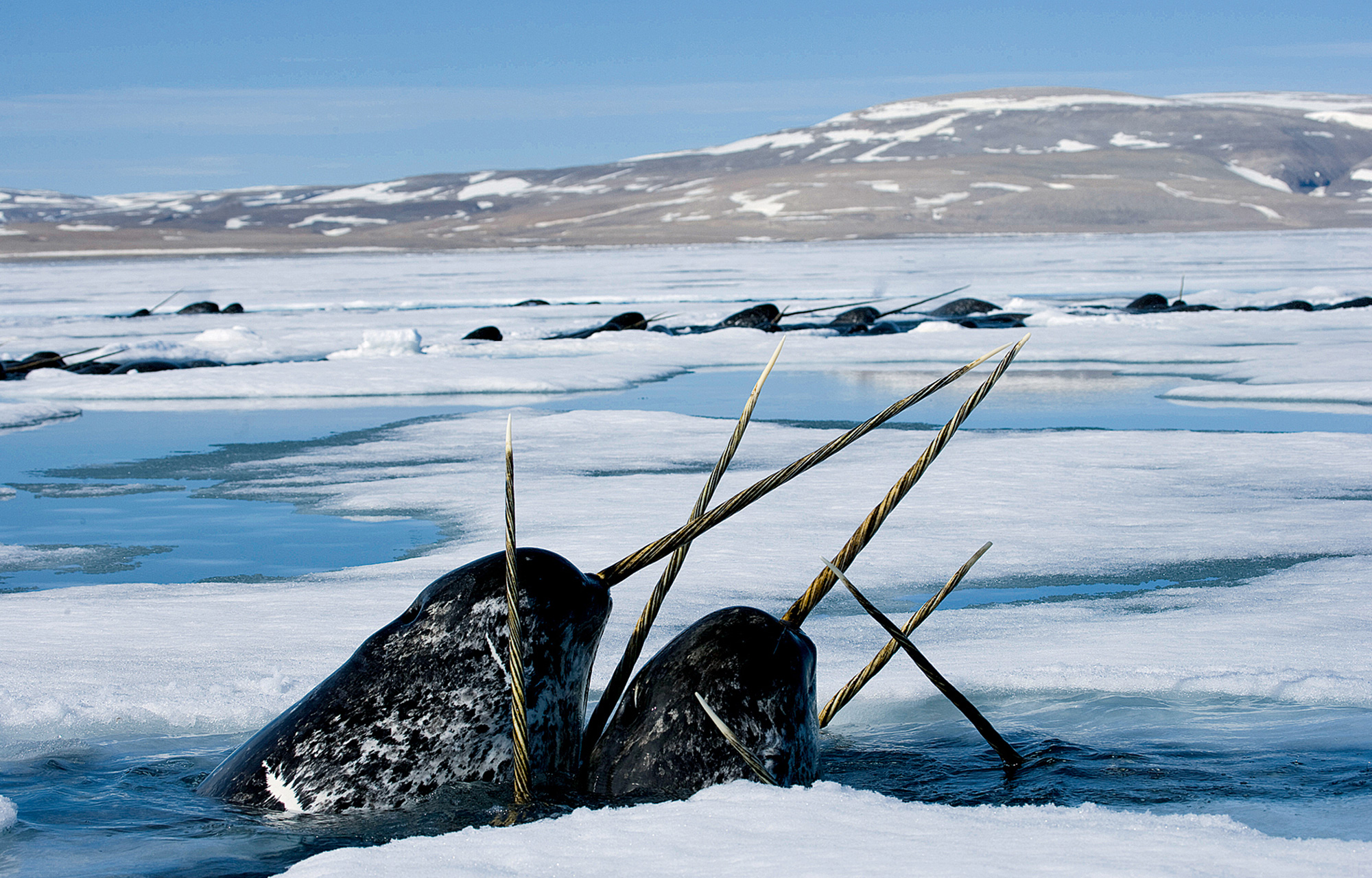Autonomous Biological Sensor Platforms
Inside the military-cetological complex
Etienne Benson

Late in 2010, the Journal of Geophysical Research printed a report under the title “Narwhals Document Continued Warming of Southern Baffin Bay.”[1] The research described by the report was heavily promoted by the US National Oceanic and Atmospheric Administration, which had partially funded it, and the story was picked up by a number of newspapers and blogs, one of which praised the narwhals as “excellent field techs.”[2]
Who were these narwhals? How had they gotten into the business of not merely responding to or communicating among themselves about Arctic climate change but actually documenting it?
Not surprisingly, while it may have been narwhals who documented Baffin Bay’s shifting temperatures, it was a team of humans, led by marine biologist Kristin Laidre, who were responsible for sharing the documents with the world. Laidre’s team had gathered the narwhals’ records, fed them into modeling and mapping software, cogitated over the results, and written the report. And, indeed, it was they who had wired sensors and satellite transmitters to the dorsal ridges of fourteen narwhals captured off the coasts of Greenland and Arctic Canada between 2005 and 2007, making it possible for the cetaceans to “document” the water temperatures they encountered.
The Journal of Geophysical Research study represented a first attempt to deploy narwhals as components of a global infrastructure of environmental surveillance, and it required Laidre and her colleagues to overcome a number of difficult and even dangerous challenges. But it was only an incremental advance in a broader field of animal-borne sensing that had grown rapidly since the early 1990s, when improvements in microprocessors and satellite systems first made the remote retrieval of data from wildlife tags feasible. Before narwhals took their turn, penguins, albatrosses, seals, turtles, and tuna had all served as “platforms for oceanographic sampling,”[3] “autonomous ocean profilers,”[4] “oceanographic data collectors,”[5] and even “oceanographers” tout court.[6] The recruitment of the one-toothed, one-horned species (Monodon monoceros) classified by Herman Melville among the Octavoes, or “whales of middling magnitude,” merely expanded the menagerie.[7]
The idea of using electronically enhanced animals as tools for oceanographic and climatological research, moreover, preceded this recent boom by several decades. Its roots lay in the 1960s and 1970s, when a small network of marine mammalogists began experimenting with electronic methods for tracking their elusive research subjects by adapting cold war gadgetry to cetological and oceanographic exigencies.[8]